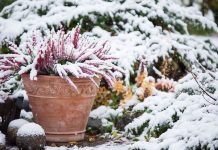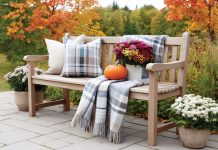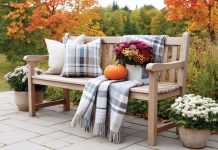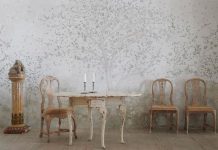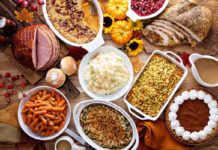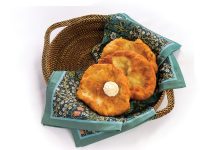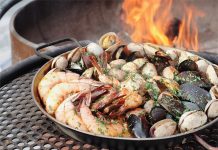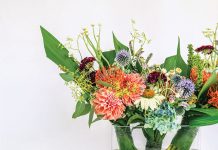Birding, a hobby once dismissed as a retiree’s pastime, offers an opportunity to reconnect with and rehabilitate our environment. To welcome more feathered friends into your own backyard, JB Leonard from Salt Lake City’s own Backyard Birds offers tips and tricks to creating a bird-friendly yard.
1. Variety, Variety, Variety
Like all creatures, birds appreciate diversity. Furbishing your yard with a variety of deciduous trees, perennial flowers and drought-tolerant grasses offers plenty of opportunities for perching and grazing. Verdant landscapes and blooming flower beds also attract other critters, stimulating a cohesive food chain that encourages birds to return season after season. Some of the most popular plants among Utah’s feathered inhabitants include “flowering peach trees, hawthorns and crab apple trees,“ Leonard says.

2. Avian Maintenance
A little maintenance goes a long way for birds that nest in birdhouses in your yard. Removing old nesting material between broods ensures parasites aren’t transferred to new visitors and keeps birdhouses up to snuff for years to come. But instead of tidying up during your spring-cleaning fervor, Leonard suggests waiting until after nesting season. “Fall is a great time to get up into the trees and give your birdhouses a fresh start.”
3. Five-Star Service
If you notice birds snubbing your overflowing feeders, it’s time to consider the quality of your seed. “Birds can sense when seed has filler in it, like those small red pellets that many big-box stores add to their mixes,” Leonard explains. Instead, opt for a fresh quality seed blend. To increase your chances of seeing a specific bird, try a seed mix suited to its palate. Chickadees and songbirds prefer black oil sunflower seeds, while goldfinches favor Nyjer seed.

4. Feeders in Fashion
An enticing seed blend is best served in an equally attractive feeder. Adorn your yard with colorful feeders that are as eye-catching as they are practical. If you’re trying to attract hummingbirds, which are sensitive to ultraviolet light, choose a vivid feeder in red, pink or orange. Other species, like goldfinches and bluebirds, are more tempted by their own distinct colors. Where to place a feeder? “The answer is simple: outside your favorite window,” Leonard says.
Learn why birding has found new popularity during the pandemic here!










